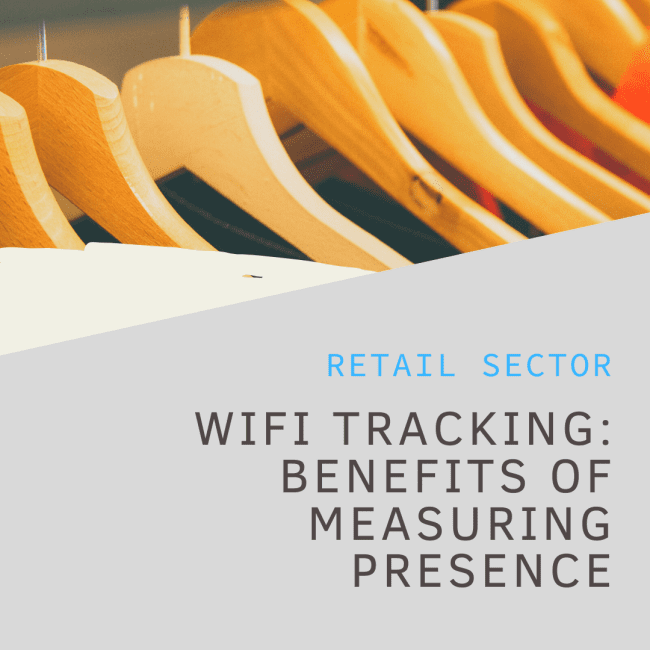When we hear about Martech, unfortunately it is always associated with the online world. We always (myself included) use the “digital marketing” term, let’s say, inadequately. We must get used to the idea of using digital stuff regardless of the channel or even the venue. Just think that you could use a digital channel (an email, for example) to reach someone in a physical venue (typically, a store).
We must get used to the idea of using digital stuff regardless of the channel.
Having said that, we can say that using the word “online” is quite related to the context while “digital” is related to the channel. In a real omnichannel approach, we must combine both: contexts and channels. For instance, we can reach an audience through a digital channel in a physical context and vice-versa.
It’s certainly true that working in the physical context requires struggling with things like IoT, Big Data, etc., but fortunately, this is not rocket science. Nowadays, those technologies are accessible and approachable thanks to hardware agnostic platforms like Flame. Usually, I like to see these IoT infrastructures (WiFi trackers, people counters, iBeacons, etc,) as if they were the cookies for the physical context. This approach helps us to focus on business rather than on the backbone (cables, sensors and all this stuff).
I like to see these IoT infrastructures (WiFi trackers, people counters, iBeacons, etc,) as if they were the cookies for the physical context.
When we speak about Martech, it is needless to say that it is not only something related to online context. Some companies, like Flame, are working hard to offer digital marketing tools for the physical context, tools that need to live within the Martech ecosystem. So, the answer to the question, “Do the analytics and marketing in-store tools have to blend well with other Martech tools to provide real omnichannel solutions?” Yes. It is pretty obvious, I know. Not only that, but those in-store tools are Martech themselves; they are part of the ecosystem and I would say that they conform to the “holy grail” of omnicanality thanks to their ability of working regardless of the context (physical or on-line) and regardless of the channel (physical or digital).







